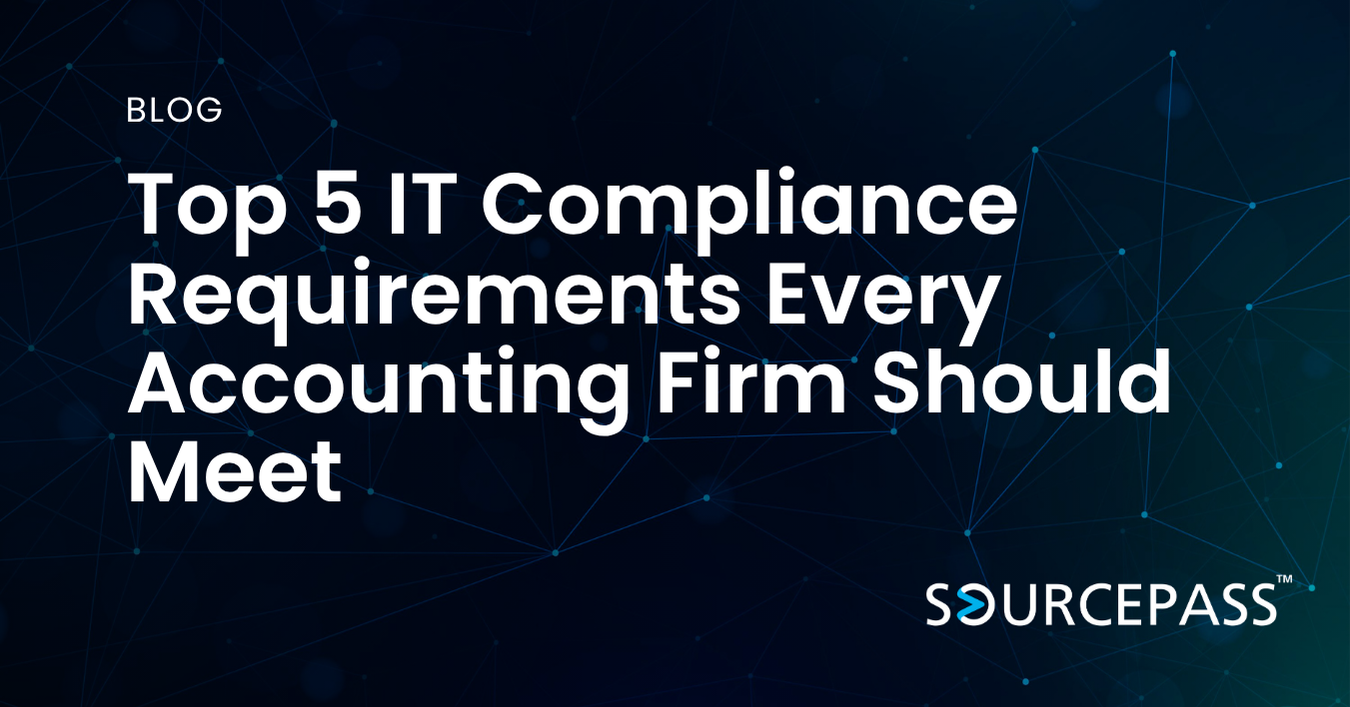7 Steps to Build a Human Firewall at Your Business
Apr 19, 2024 Robert Villano Security & Compliance 1 min read



Last year, 60 Minutes reported on a cyberattack on MGM Resorts, an American global hospitality and entertainment company. MGM lost $100 million due to falling victim to a successful social engineering attack.
The social engineering attack became successful when an MGM worker performed a password reset elicited by the cyber attackers. Not only did they lose money, but they were also still mitigating the attack up to a year later.
Could this attack have been avoided?
The answer? It could have been avoided if a human firewall had been established at the business.
Technology alone cannot fully protect a business; a well-informed and vigilant workforce is equally important.
Building a human firewall involves creating a culture of cybersecurity awareness and equipping employees with the knowledge and tools to recognize and respond to cyber threats effectively.
How to Build a Human Firewall
Here are some key steps to build a robust human firewall:
1. Educate Employees: Conduct regular training sessions to educate employees about the latest cybersecurity threats and best practices. This includes teaching them how to recognize phishing emails, the importance of strong passwords, and safe internet browsing habits.
2. Promote Cybersecurity Best Practices: Encourage employees to follow best practices such as not sharing sensitive information, using multi-factor authentication (MFA), and reporting suspicious activities.
3. Implement Continuous Learning: Cybersecurity is an ever-evolving field. Ensure that learning is continuous with regular updates, refresher courses, and cyber attack simulations to keep your employees informed.
4. Empower Employees: Make employees feel that they are an essential part of the organization’s cybersecurity efforts. Encourage them to be vigilant and proactive in reporting potential threats.
5. Create a Response Plan: Develop a clear response plan for different types of cyber incidents so that employees know what to do in case of an attack.
6. Assess and Support High-Risk Employees: Identify employees who may be at higher risk of cyber attacks and provide them with additional support and training.
7. Build a Cybersecurity Culture: Foster a culture where cybersecurity is a shared responsibility. Celebrate successes and learn from mistakes, collectively.
By following these steps, your business can strengthen its defenses against cyber threats by leveraging its most valuable asset—your people.
A human firewall backed by industry-leading cybersecurity solutions (e.g., Endpoint Protection) that protect your business, data, and employees is your best against successful social engineering attacks.
Cybersecurity with Sourcepass: Get Started Today
Sourcepass provides best-in-class modern cybersecurity services for businesses like yours. Speak with a specialist today to get started!
Subscribe To
Sourcepass Insights
Sourcepass Insights
Stay in the loop and never miss out on the latest updates by subscribing to our newsletter today!
.png?width=500&height=100&name=White%20Logo%20-%20Transparent%20Tag%20(3).png)



